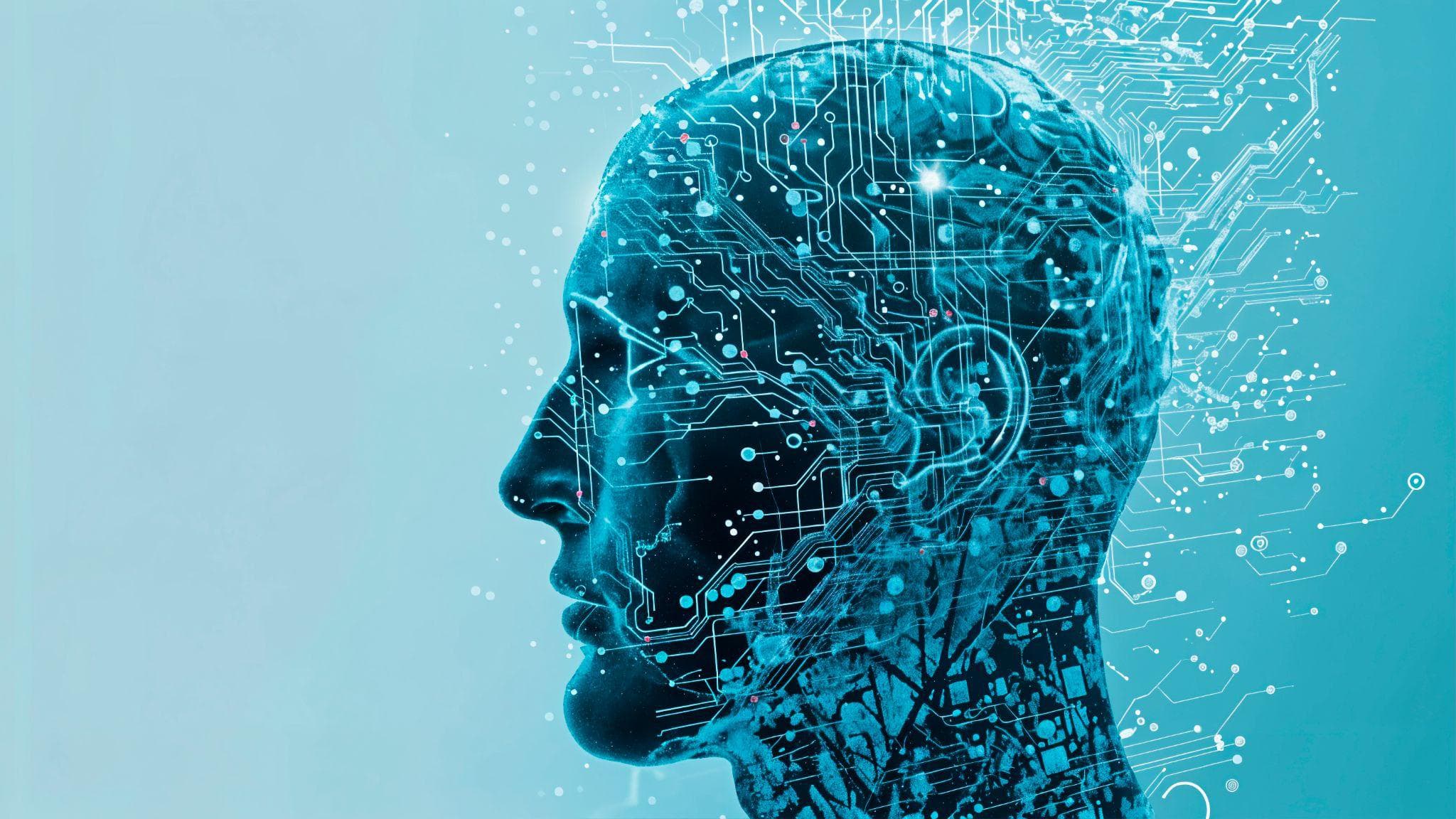As the creative industries continue to grow and evolve, the need to find and hire the best talent is becoming increasingly challenging. Whether in media, advertising, art, or design, companies are looking for people with unique skills, creativity, and technical knowledge. However, traditional recruitment processes often fall short of these requirements. The introduction of artificial intelligence (AI) into recruitment is a game changer, providing creative industries with the tools to find and hire the right talent more efficiently. This article explores how to write self introduction https://www.customwritings.com/blog/introduce-yourself.html AI is transforming recruitment in the creative industries and highlights the key tools for 2024 that will help companies optimize their hiring processes.
AI in Creative Recruitment: A Paradigm Shift
In the creative industry, finding the right talent is not just about qualifications and experience. It’s about finding individuals who bring creativity, innovation, and fresh ideas to the table. AI plays a crucial role in identifying these qualities by using advanced algorithms to analyze data from resumes, portfolios, and even social AI quiz generator from pdf Hearify in media hiring profiles. This allows recruiters to assess both the technical and creative aspects of candidates, providing a more holistic view of their potential.
Artificial intelligence tools use natural language processing (NLP) to scan resumes for relevant keywords and match candidates to job descriptions. But AI creative recruitment goes a step further – it evaluates a candidate’s portfolio, paying attention to design consistency, aesthetic quality, and innovation. This information is invaluable for hiring creative professionals in industries such as graphic design, multimedia production, and marketing, where creativity and technical skill are equally important.
Enhancing Talent Discovery with AI Tools
One of the key benefits of AI in recruiting for the creative industries is its ability to identify hidden talent. Traditional recruiting methods often rely on candidates actively seeking out job openings, but AI-powered tools can analyze online portfolios, LinkedIn profiles, and other digital footprints to identify passive candidates-those who may not be looking for a job but have the skills and creativity a company needs.
In addition to screening resumes, AI tools can conduct automated initial interviews, reducing the time spent on pre-screening. For example, chatbots can communicate with candidates, ask predefined questions, and analyze answers in real time. This helps to filter out candidates who may not meet the company’s creative or technical standards, allowing hiring managers to focus on the most promising people.
Key Benefits of AI in Creative Industry Recruitment
- Automated Portfolio Review: AI can assess creative portfolios for design consistency, innovation, and artistic quality.
- Skills Matching: AI tools use NLP to match candidates’ resumes with job descriptions based on both technical and creative skills.
- Identifying Passive Talent: AI can scan online portfolios and social media profiles to discover talented individuals not actively seeking jobs.
- Faster Time-to-Hire: By automating initial screenings and assessments, AI reduces the time spent on recruitment.
- Bias Reduction: AI helps minimize unconscious biases by focusing on data and skills rather than personal background or appearance.
The Role of AI in Diversity and Inclusion
One of the most important challenges in the creative industry hiring tools is promoting diversity and inclusion. The industry thrives on diverse perspectives, and ensuring a bias-free recruitment process is crucial to building a more inclusive workforce. AI tools can help minimize unconscious bias by focusing solely on data and skills rather than demographic factors such as age, gender, or ethnicity. By objectively analyzing portfolios and resumes, AI ensures that the hiring process is based on talent and creativity.
In addition, by analyzing hiring data, AI can identify areas where the company’s workforce lacks diversity. This allows companies to adjust their recruitment strategies and focus on attracting a more diverse pool of candidates. In this way, AI not only simplifies the hiring process but also ensures that it is fair and inclusive.
Frequently Asked Questions
Q1: How does AI help in hiring for creative industries?
AI helps by automating resume and portfolio screening, analyzing creative skills, and matching candidates with job descriptions based on both technical and artistic qualifications. It speeds up the recruitment process and ensures a better fit for creative roles.
Q2: Can AI accurately evaluate a candidate’s creative abilities?
Yes, AI tools can analyze portfolios, evaluate design consistency, and even assess creative innovation. While final judgments should still involve human review, AI provides valuable insights into a candidate’s creative potential.
Q3: How does AI promote diversity in creative recruitment?
AI reduces unconscious bias by focusing on data-driven metrics such as skills, portfolio quality, and experience, rather than personal attributes. This leads to a more objective and inclusive recruitment process.
Q4: What AI tools are available for recruiting creative professionals in 2024?
AI tools such as resume screening platforms, portfolio analysis software, chatbots for interviews, and social media analysis AI are all available to streamline recruitment in the creative industries.
Conclusion
AI is revolutionizing recruitment in the creative industries by providing tools that enhance candidate discovery, improve the evaluation of creative skills, and promote diversity. By automating tasks such as portfolio analysis and resume screening, AI allows recruiters to focus on what matters most—finding the right creative talent. As we move into 2024, AI will continue to shape how companies in media, design, and art hire their teams, ensuring that they can stay competitive in an industry where innovation and creativity are paramount.

